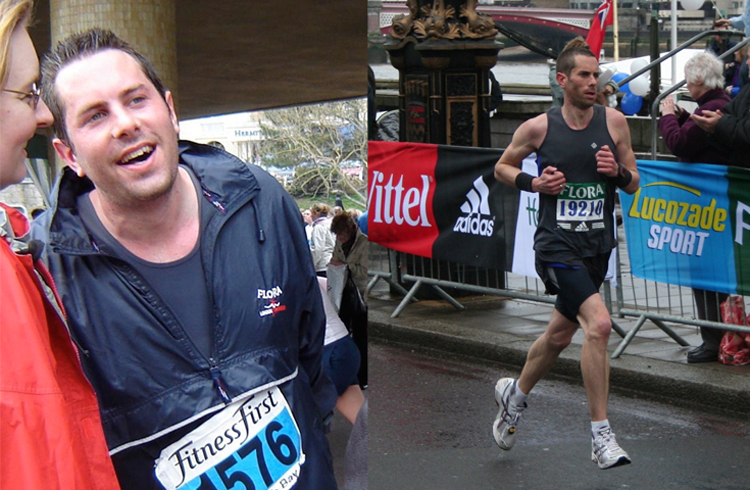 When I’m asked how I manage to run the times I do as a 41-year-old, my response is always the same: my running age is only eight, so I’m just getting started.
When I’m asked how I manage to run the times I do as a 41-year-old, my response is always the same: my running age is only eight, so I’m just getting started.
Joking aside, I don’t see my age as a disadvantage as I haven’t put my body through decades of hard training; the fact that I have led a sedentary lifestyle for my first 30 years means I’ve still got many years of hard training to look forward to.
Anyone can turn around their health and fitness, no matter how bad their starting point, by introducing a sensible amount of running into their weekly routine.
It doesn’t need to be complicated, either; just following a simple [‘Couch to 5K’] plan will gradually build up your fitness and tolerance to training. Before you know it, you will be achieving paces and distances that you never thought possible, and the motivation to continue will be strong.
The key then is consistency; a sensible approach needs to be taken if you are “getting on a bit” to ensure that injuries are kept to a minimum. But there is no reason why you can’t be setting personal best times for many years to come.
The really fun thing is that, if you do start running later in life, you will quite often find you can become very competitive in your veteran age category because you still have fresh legs.
When I line up on the start line against a fellow 40-year-old who has already been running for 25 years, I know have a significant advantage over them with only 7 years of training in my legs. It’s almost cheating!
Steve’s top tip
I come across lots of runners who are worried about the finer details of their training, wanting to get overly complicated with interval and speed work but completely neglecting the basics that will get them a long way towards their potential. Consistent mileage, healthy eating, quality sleeping habits and a bit of core work will go a long way to making you a better runner – get those right first before worrying about anything else.






